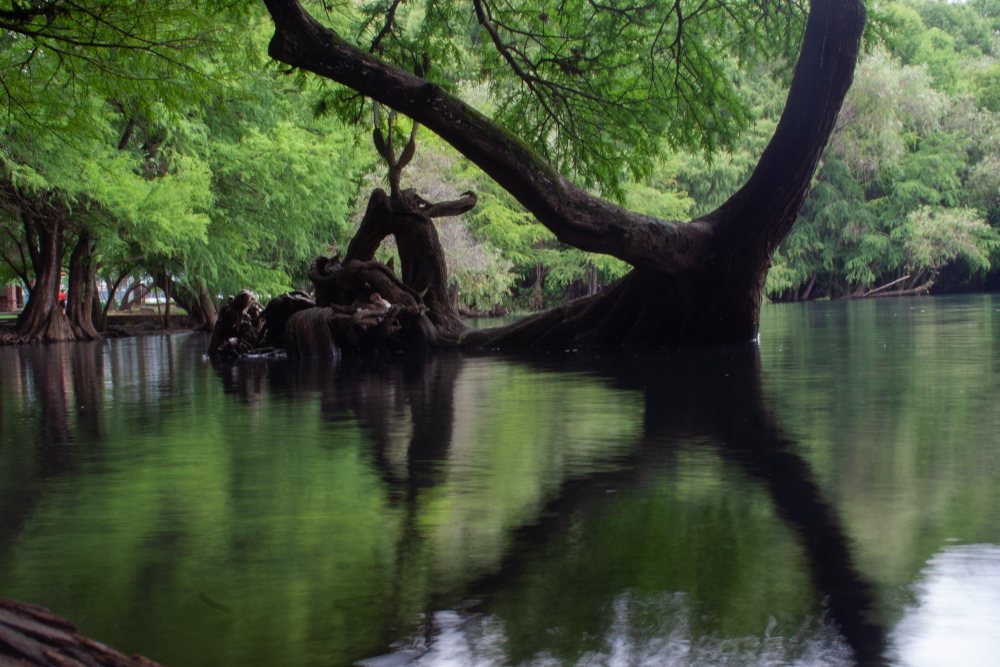Lago de Camecuaro Overview
Lago de Camécuaro National Park, known locally as Parque Nacional Lago de Camécuaro, is a small yet stunning protected area in the state of Michoacán, Mexico. Spanning approximately 0.4 square miles (1.1 square kilometers), the park is located near the town of Tangancícuaro.
It is most famous for its crystal-clear lake, which is fed by underground springs and surrounded by lush vegetation. The lake’s waters reflect brilliant shades of blue and green, creating a serene and picturesque setting.
Towering ahuehuete trees (Taxodium mucronatum), also known as Montezuma cypresses, dominate the landscape, with their massive, gnarled roots extending into the water and providing a striking visual contrast to the smooth surface of the lake. These ancient trees contribute to the park’s mystical atmosphere, as some are estimated to be over 1,000 years old.
The park’s terrain is relatively flat, but the presence of the lake and the surrounding forest gives it an enchanting appeal. The lake itself is a major highlight, with its tranquil waters reflecting the towering trees and the sky above. Gentle streams meander through the park, forming small pools and adding to the overall charm of the area.
Moss-covered roots and fallen branches add to the park’s rich ecosystem, providing a habitat for various plant and animal species. While the park is not mountainous, the region around it is characterized by rolling hills and fertile valleys, which support the diverse plant life that thrives here.
Lago de Camécuaro National Park is home to a variety of wildlife, particularly birds and small mammals. Visitors can spot herons, ducks, and other waterfowl gliding across the lake or resting along the shore. Kingfishers and egrets are commonly seen, adding to the park’s lively bird population.
Among the mammals that inhabit the park, squirrels, raccoons, and rabbits are the most frequently observed. Reptiles such as turtles and small lizards can also be seen basking near the water’s edge. The presence of aquatic life, including fish species like tilapia, further enhances the biodiversity of the lake and its surrounding ecosystem.
One of the park’s most popular features is the opportunity for visitors to take boat rides across the lake. The calm, spring-fed waters make for an easy and enjoyable excursion, allowing guests to admire the towering cypresses from a unique perspective.
The park also offers well-maintained walking trails that weave through the trees and along the water, providing scenic routes for leisurely strolls or birdwatching. Picnicking is another favored activity, with designated areas where families and friends can gather to enjoy the peaceful environment. The park is also a popular spot for photography, as the combination of ancient trees, crystal-clear water, and diverse wildlife makes for breathtaking images.
Visitors can engage with the park in several ways, from hiking along its shaded pathways to exploring the lake by kayak or canoe. Swimming is permitted in designated areas, where the cool, clear waters provide a refreshing escape from the heat.
The park is an ideal place for nature lovers and those seeking relaxation, as the slow-moving waters and dense foliage create a tranquil retreat. It also attracts local artisans and vendors, who set up small stands offering traditional snacks and crafts, allowing visitors to experience a touch of Michoacán’s rich culture.
While Lago de Camécuaro National Park is a relatively small protected area, it faces conservation challenges related to water quality and the impact of tourism. The popularity of the park means that managing waste and preventing pollution are ongoing efforts.
However, conservation initiatives have been put in place to preserve the natural beauty of the lake and its surrounding ecosystem. Local authorities and environmental groups have worked to maintain the clarity of the water and protect the ancient ahuehuete trees from damage.
The park has seen success in balancing ecological preservation with tourism, ensuring that visitors can continue to enjoy its unique landscapes while safeguarding its delicate environment for future generations.
Park Map
Lago de Camecuaro National Park Highlights
Share your clicks with us
Related National Parks More Mexico

Insurgente Jose Maria Morelos Y Pavon National Park
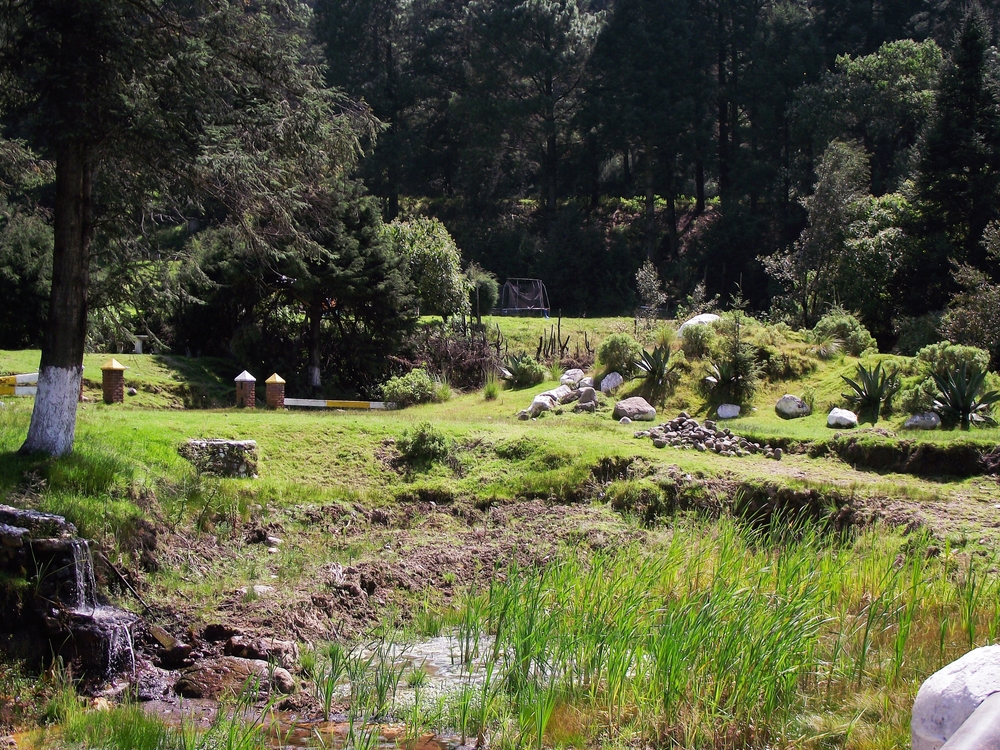
Insurgente Miguel Hidalgo y Costilla National Park
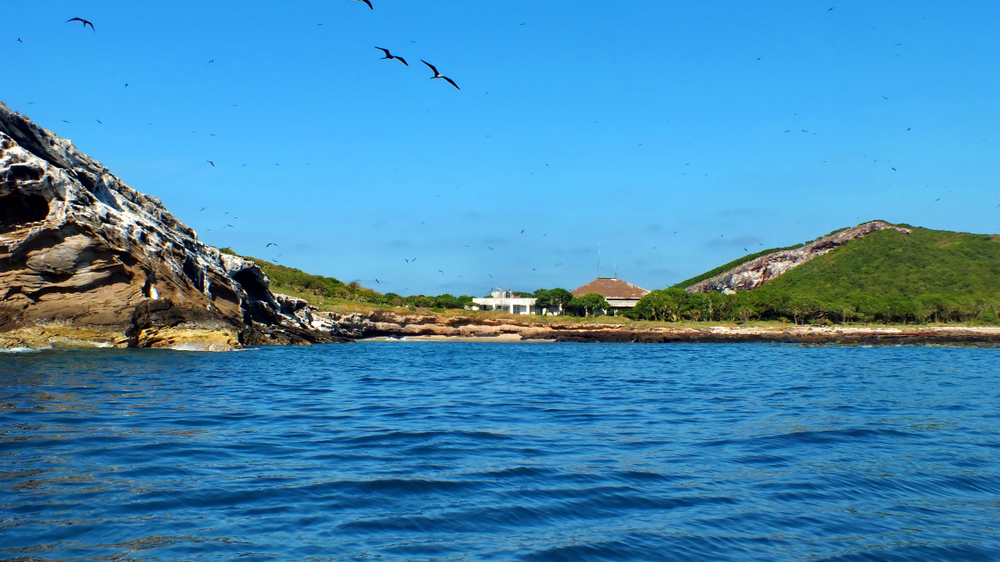
Isla Isabel National Park
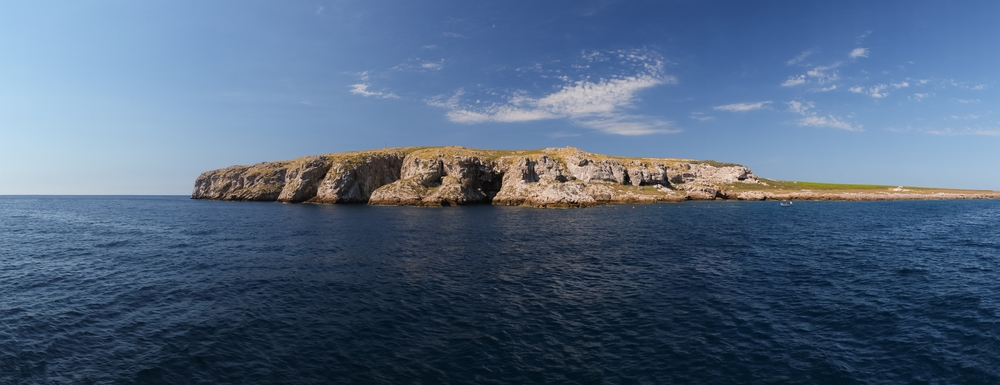
Isla Marietas National Park
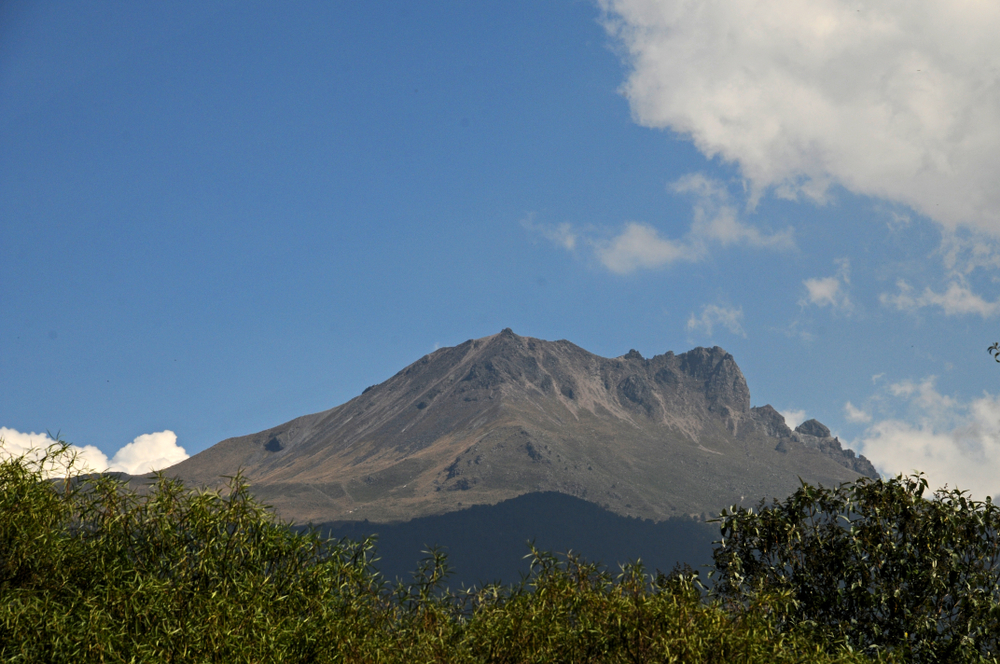
La Malinche National Park

Huatulco National Park
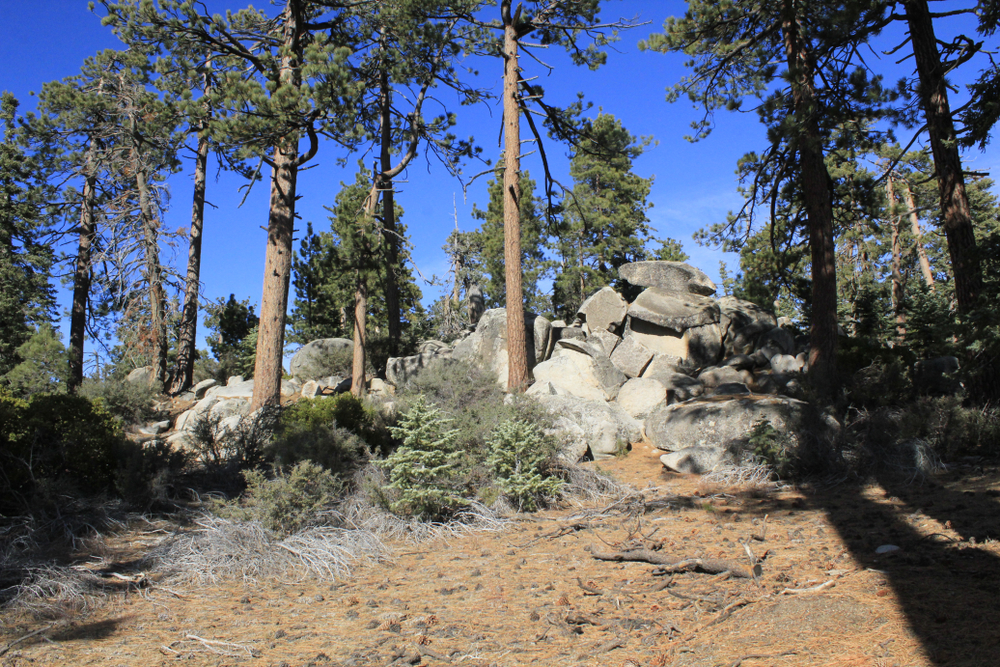
Sierra de San Pedro Mártir National Park
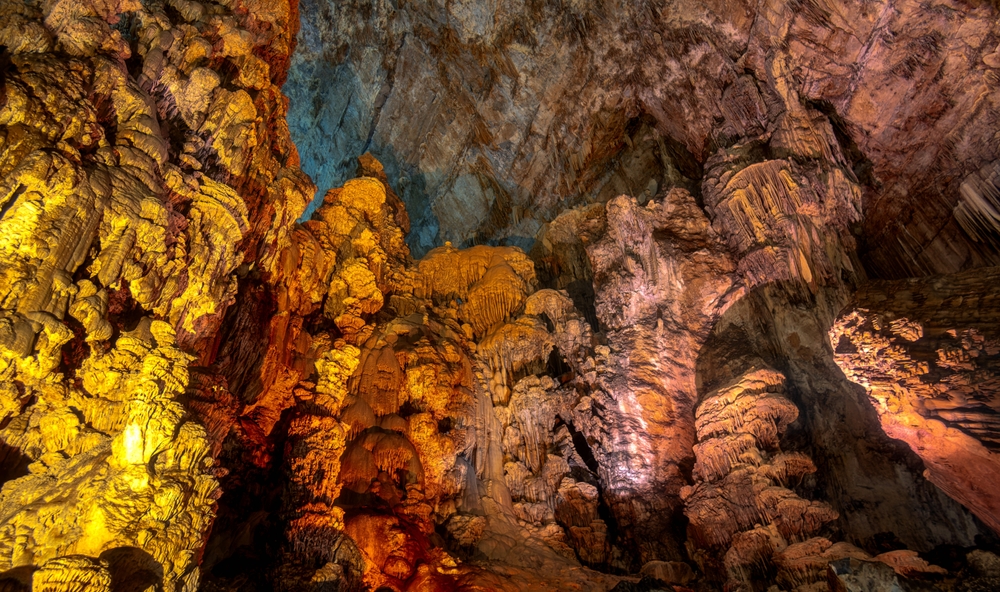
Grutas de Cacahuamilpa National Park









































































